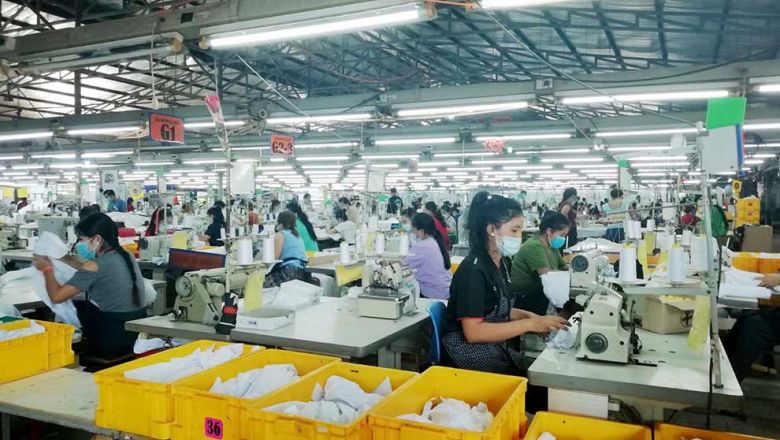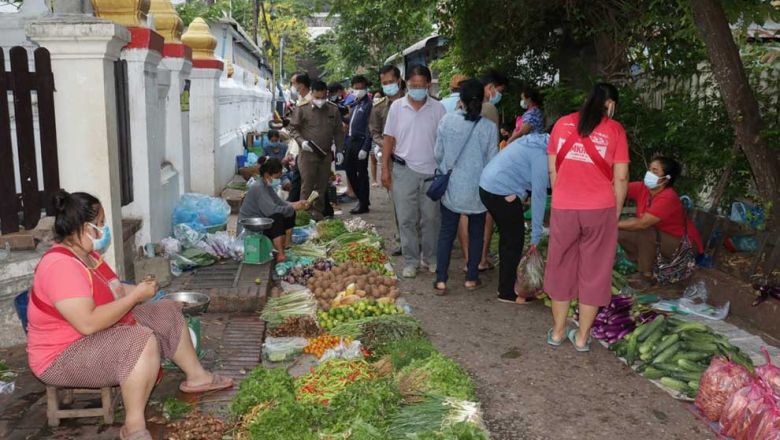Asean needs to liberalise its market
Asean needs to liberalise its market
Although Asean has seen some progress in its economic integration, the 10 nations still rely considerably on capital from countries outside the bloc to boost growth, economists have noted.
Intra-trade between Asean countries has not grown as anticipated despite the establishment of the Asean Economic Community taking place at the end of 2015.
A recent Lao Economic Daily report noted that while the 10 Asean nations aimed to become a single market and production entity, this goal could not be achieved without investment capital from countries outside the bloc.
The AEC is designed to facilitate the free flow of goods, services, investment capital and skilled labour within the Asean region to create a single market of over 600 million people.
A senior economist from the Faculty of Economics and Business Management at the National University of Laos, DrPhouphetKyophilavong told Vientiane Times this week there were still many problems when it came to Asean economic integration.
He explained that the free flow of goods, services and labour was not occurring sufficiently. Non-tariff barriers have been created hindering the free flow of goods and services and undermined trade facilitation. Documentation processes still make it difficult for the business sector so Asean needs to liberalise its trade, services and labour market more while trying to address its existing trade barriers.
“For Laos, we need to liberalise our economic sectors and improve the business climate in order to attract more trade, investment and tourists from the rest of the world,” DrPhouphet said.
Referring to Singapore and Cambodia, DrPhouphet said the economies of these countries had been developing very quickly due to market liberalisation.
Laos is a small market of just 6.5 million people. Its economy remains vulnerable compared to the rest of the region and that’s why the country needs to work harder to cope with the growing market competition.
Major trading partners for Asean include China, US, Japan and other countries. Under the AEC firms doing business in one Asean nation can export to the rest of the group.
According to a South China Morning Post report in December last year, while the US was the largest investor in the Philippines, China was poised to take that title this year with US$24 billion of hard and soft investment and US$2.5 billion in inflows.
Over the past decades, Asean’s 10 economies – Brunei, Indonesia, Malaysia, the Philippines, Singapore, Thailand plus Cambodia, Laos, Myanmar and Vietnam – have emerged as a growing force in global affairs. With a gross domestic product of US$2.6 trillion, the AEC is the seventh-largest economy in the world. With a population of more than 620 million, it is the third largest in Asia after China and India.
One of the main challenges for Laos at present, however, is the limited understanding about the AEC, so workshops and other forms of information dissemination are essential to ensure the Lao public won’t lose out through ongoing regional integration.
















